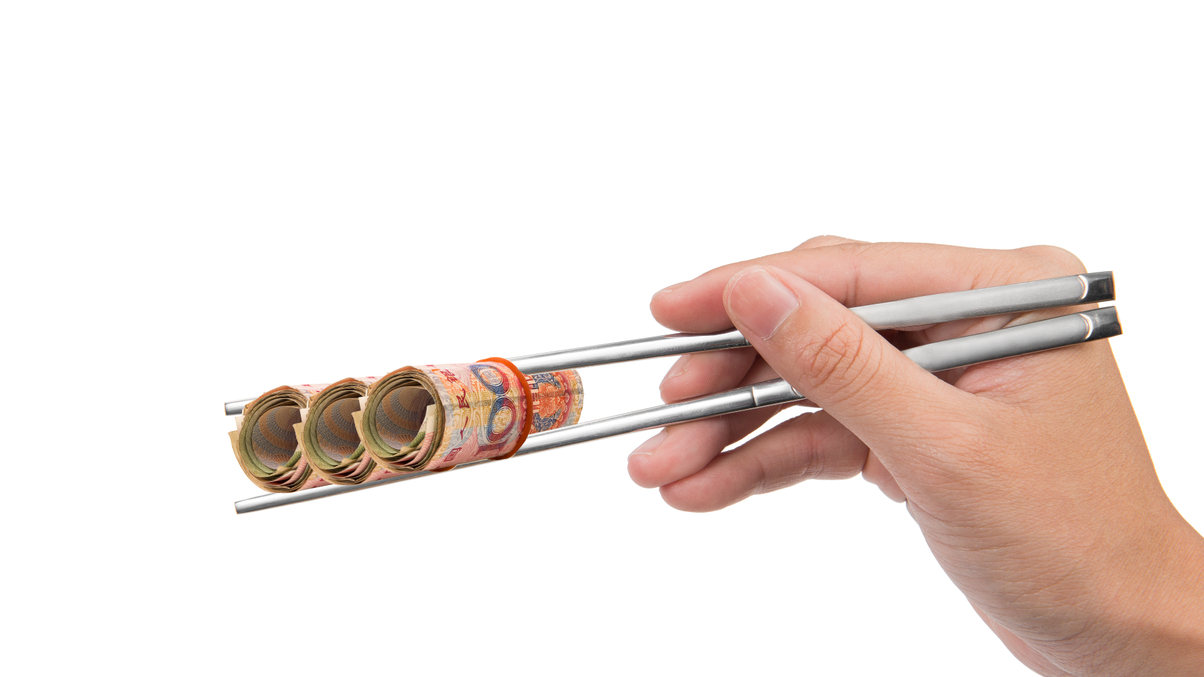China asset owners ramping up for private equity push
Institutional investors – most notably insurance firms – in China are increasingly looking to step up allocations to private equity, with the encouragement of regulators.

In many respects, private equity in China looks very promising for institutional investors.
Sign In to Your Account
Access Exclusive AsianInvestor Content!
Please sign in to your subscription to unlock full access to our premium AI resources.
Free Registration & 7-Day Trial
Register now to enjoy a 7-day free trial—no registration fees required. Click the link to get started.
Note: This free trial is a one-time offer.
¬ Haymarket Media Limited. All rights reserved.


